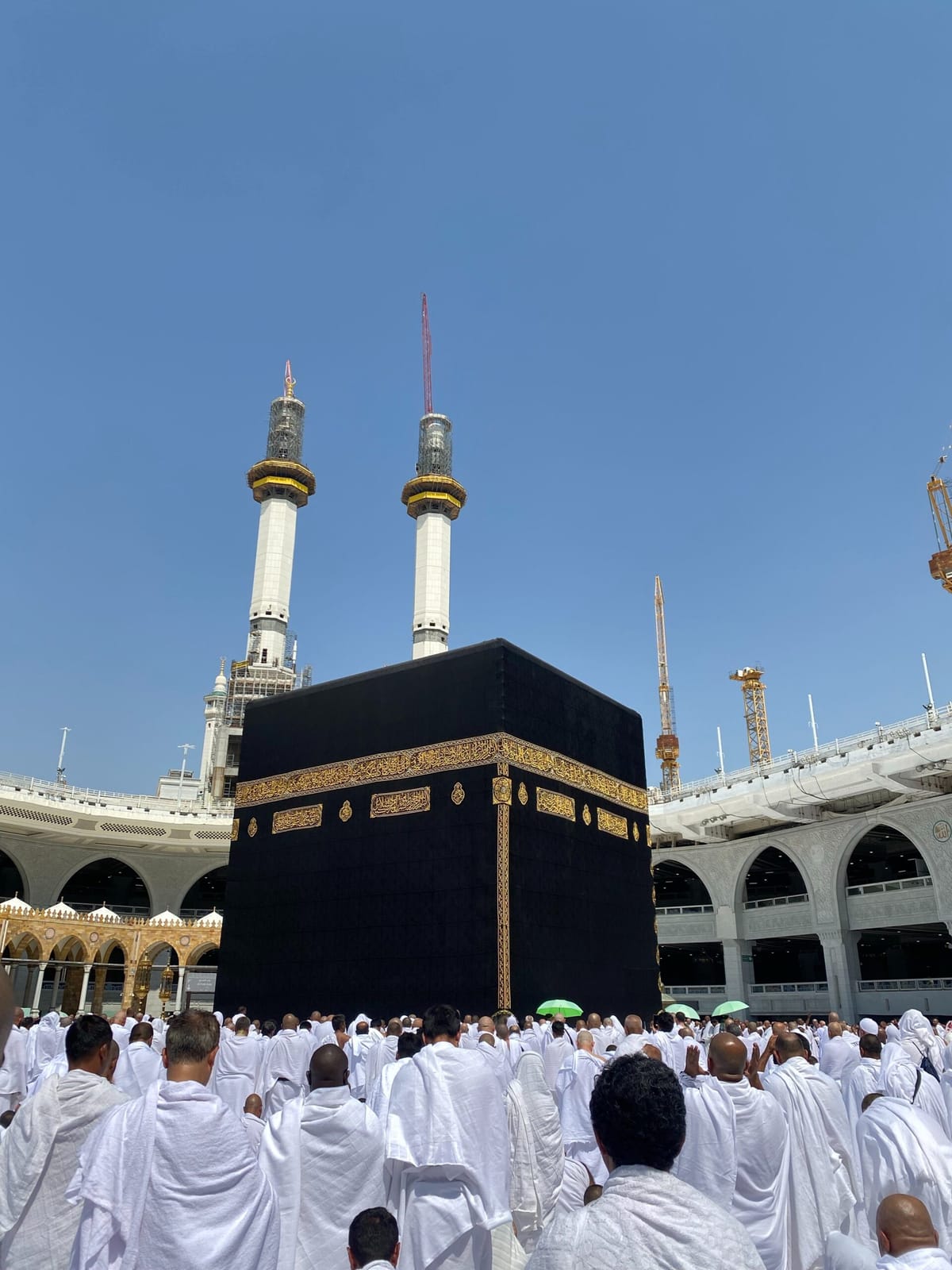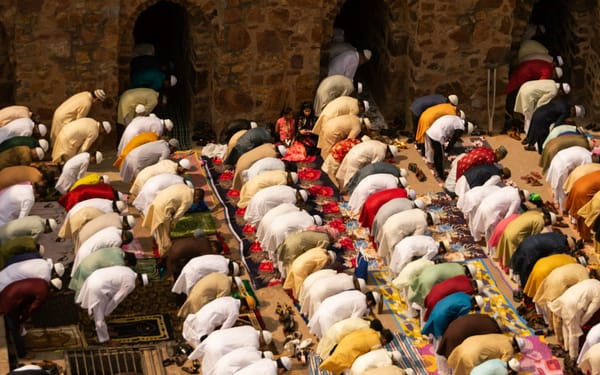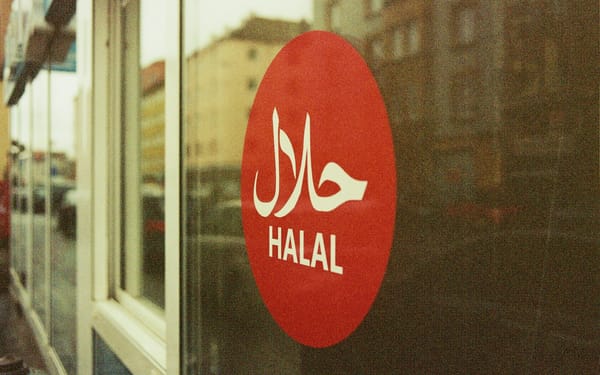The Difference Between Hajj and Umrah

The last and fifth pillar of Islam is Hajj (pilgrimage). There is also another form of Pilgrimage in Islam and it's called Umrah. Does this imply that Hajj and Umrah are the same? This article is for you if you've ever wondered about the difference between these two important Islamic pilgrimages. It's incumbent on all Muslims to understand them, especially if you plan to undertake any of the pilgrimages. Let's check out the difference between Hajj and Umrah.
What is Hajj?
Before we go into the difference between Hajj and Umrah, let's look at the meaning of Hajj. Hajj is a sacred pilgrimage that every Muslim must undertake at least once in their lifetime if they have the means. Every year, millions of Muslims converge at Mecca to perform Hajj.
Hajj takes place during the same time every year. It occurs during Dhul Hijjah- the last month in the Islamic calendar. Hajj starts on the 8th of Dhul Hijjah and can last for five to six days, depending on the sighting of the moon. Once a new crescent moon is sighted, the Muslims celebrate Eid al-Adha.
What is Umrah?
Umrah is an easier version of a pilgrimage to Mecca. It can also be called the lesser or minor pilgrimage. Umrah is full of rituals that can be performed at any time of the year for a few hours.
Even though Umrah is recommended, it's not an obligatory pilgrimage, and it's not part of the pillars of Islam. It's a sacred journey that many Muslims undertake every year to get closer to the Almighty.
How to perform Umrah
Dressing modestly is key when it comes to performing pilgrimage. Mostly white and black are the correct attire for Umrah. You can perform these rituals once you wear the right attire and have entered the holy state of Ihram.
- Tawaf
Tawaf occurs in the House of Allah, the ka'aba. The Tawaf means you'll move around the Kaabah seven times anticlockwise. You'll start from the direction of the black stone in the mosque. This ritual represents that your life should revolve around remembering Allah and obeying His Rules.
- Sa'i
After the Tawaf, the next ritual is Sa'i. Sa'i involves walking and running between the hills of Safa and Marwa. It's a tribute to Prophet Ibrahim's wife, Hajar(AS), who desperately sought water for herself and her infant son, Ismail. Following her footsteps when you visit Mecca is a symbol that despite your everyday struggles, the Almighty is the best guidance, and He will always help you.
When you want to perform Sa'i, you start the first lap from Safa and walk towards Marwa till you see a green market that points you to the next green marker. Make your way to Marwa for the first lap, start the next lap at Marwa, and make your way towards Safa.
You'll do seven laps in total, and if you need to remember the laps, you should take the lowest number of laps you feel you've completed. The total distance traveled back and forth during Sa'i is approximately 3.15 km.
After Sa'i, men should shave their hair, and women should cut off a small amount. This is a Sunnah of the Prophet (PBUH), and Allah (SWT) mentioned it in the Quran.
Almighty Allah says, (Truly did Allah fulfill the vision for His Messenger: ye shall enter the Sacred Mosque, if Allah wills, with minds secure, heads shaved, hair cut short, and without fear.) (Al-Fath 48:27)
How to Perform Hajj
Hajj also begins with rituals similar to Umrah. It involves Tawaf and Sa'i, although there are differences.
- Mount Arafat
For Hajj, after Sa'i, the pilgrimages head towards Mina to spend the night before heading to Mount Arafat on the Day of Arafat.
It's the second day of Hajj, meaning the ninth day of Dhul Hijjah. The Day of Arafat is a holy day when the Prophet PBUH delivered his last sermon, and Muslims performed Wuquf (standing before Allah until sunset). Muslims pray, invoking Allah's name to seek forgiveness and their deepest desires.
There is no day in which Allah sets free more souls from the fire of hell than on the day of Arafat. And on that day Allah draws near to the earth and by way of exhibiting His Pride remarks to the angels, 'What is the desire of these (servants of mine)?'" [Muslim]
- Stoning the Devil
The next ritual is Rami al-jamarat. It's a ritual where pilgrims throw seven stones at the three large pillars called Jamarat in the Mina Valley. The pillars represent the devil, symbolizing the rejection of Shaitan and his temptations.
This ritual came to be when Prophet Ibrahim was tempted by the devil three times when he was carrying out Allah's Commandments many thousands of years ago. Angel Jubril instructed him (Prophet Ibrahim) to throw seven stones at Shaitan, and Shaitan fled each time.
- Eid al-ha
The third day is when Eid al-Adha begins. Pilgrims spend this festival in the Kaabah, and they sacrifice animals as a tribute to Prophet Ibrahim, signifying the devotion he gave Allah(SWT). It's an important Hajj ritual as food is given to the needy.
The difference between Hajj and Umrah
Both pilgrimages are recommended, but Hajj is obligatory- if you have the means (financially and physically). The obligatory rituals of this journey can take a physical toll on you, but it's vital to do it, so Allah can forgive your past sins.
Although Umrah and Hajj are spiritual journeys with similar rituals, there are differences. The difference between Umrah and Hajj is that Umrah is a voluntary pilgrimage to receive Allah's blessings at any time of the year. However, Hajj is an obligatory pillar of Islam, and there are more rituals that Muslims are expected to perform at least once in their lifetime.
Furthermore, Umrah can take a day, while it takes about five to six days to complete the rituals of Hajj — meaning it's a more committed version of the pilgrimage.
Another difference between Hajj and Umrah is that Hajj only takes place on specific days during Dhul Hijjah, while Umrah can be performed at any time during the year.
Bottom Line
Hajj and Umrah are essential pilgrimages. Also, Hajj has more importance since it's compulsory. Many people tend to confuse Umrah for Hajj and vice versa. Hence, this article has explored the difference between Umrah and Hajj and some rituals Muslims perform during these journeys. It's a soul-lifting article that helps you connect better to the House of Allah and intensify the urge to visit one day.





